Content by Philip Rozeboom

Common Stored Grain Insect Pests
There are several species of insects that feed on stored grain, resulting in reduced grain quality. Learn how to identify some of the most-common grain pests that can be found in South Dakota.
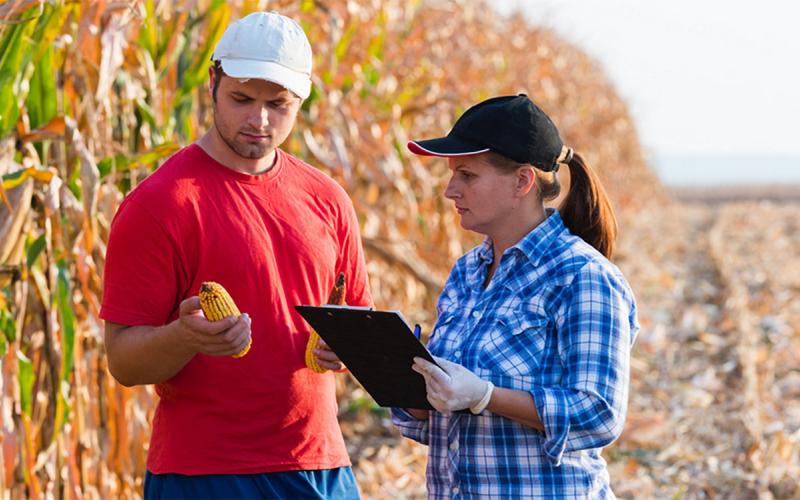
The Handy Bt Trait Table: A tool to help select the right corn traits for your fields
Determining what Bt traits are in each corn trait package can be a challenging task. Fortunately, the process has been streamlined by the Handy Bt Trait Table, created by Chris DiFonzo at Michigan State University.
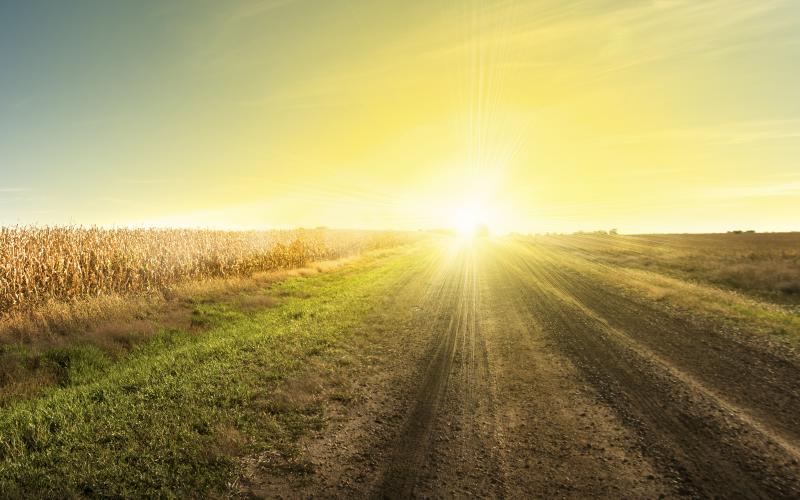
South Dakota Pest Management Guides
The South Dakota Pest Management guides are now available for free. The guides offer recommendations for controlling weeds, insects, and diseases in a variety of South Dakota crops.

Now Is the Time To Make Your Weed Management Plan for the 2024 Growing Season
As harvest season comes to an end, now is the time to start formulating your weed management plan for next year. Learn some expert tips for getting your operation off to a good start next growing season.

Now Is the Time To Plan For Noxious Weed Control in 2024
Since most of South Dakota has experienced several frosts, fall herbicide applications are likely near completion. However, now is the time to plan for noxious weed management for both spring and fall of 2024.
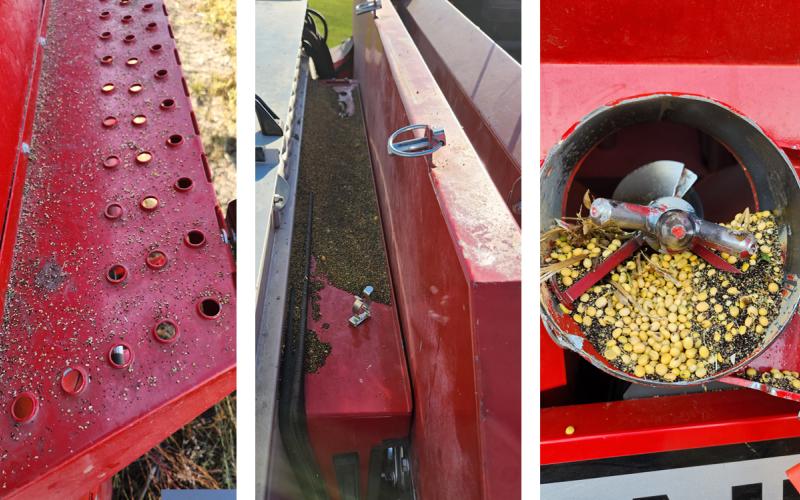
Evidence That Combines Can Transport Weed Seeds
A combine deliberately harvests crop grain, but it can also unintentionally transport weed seeds. Learn some tips for cleaning equipment and containing residues during harvest to prevent weeds from spreading this fall.
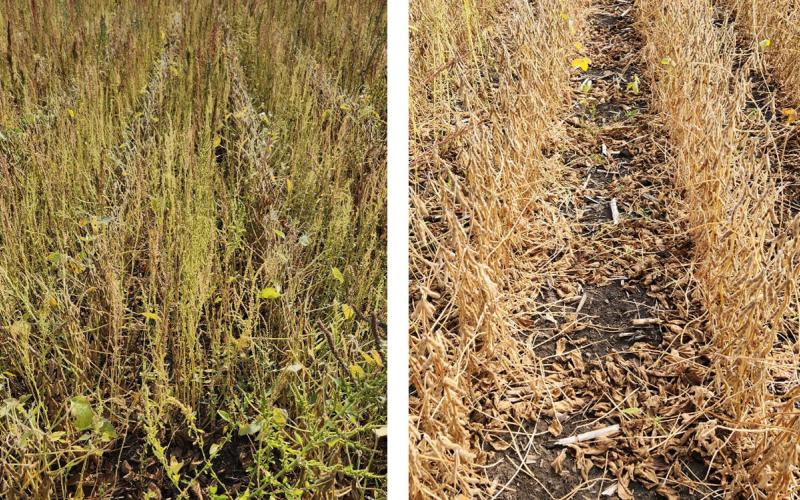
Order of Fields Harvested Can Improve Weed Management
Weeds at harvest time are hard to avoid, and their severity in fields can range from “clean” to a “weedy mess.” Harvesting weedier fields last can help limit the movement of weed seeds and reduce future weed pressure.
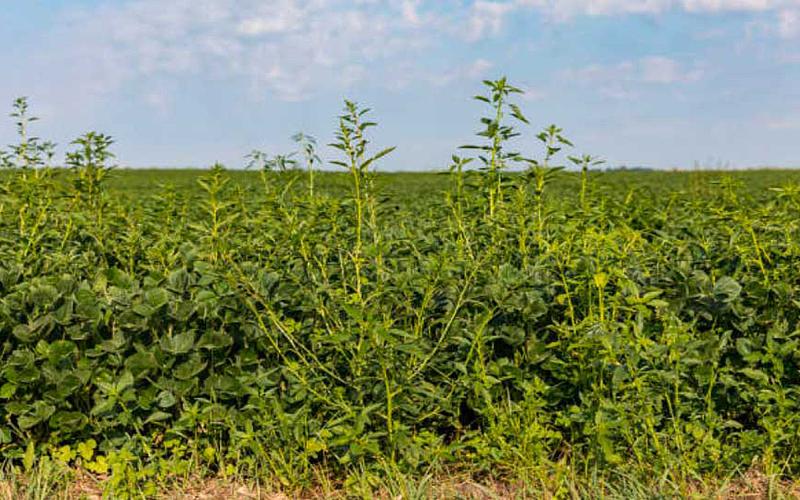
Row Crop and Noxious Weed Surveys
Controlling noxious weeds and weeds in row crops is a challenge every year. SDSU Extension has created two online surveys to capture the current climate of weed control in South Dakota.
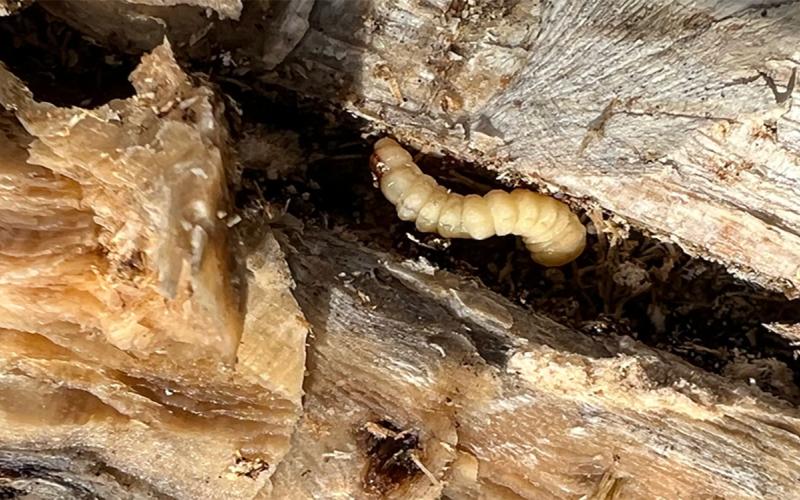
Prompt Harvest Can Reduce Lodging Caused by Dectes Stem Borer in Sunflower
If you notice an increased amount of lodging in your sunflower field, it is recommended to harvest the field as soon as possible to reduce losses from Dectes stem bore infestations.

What’s chewing on my kale?
Cabbage white caterpillars can be a nuisance in kale and other cold crops, leaving behind ragged-looking leaves and a significant amount of droppings. Learn some expert tips for identifying and manage them before they take a bite out of your harvest.